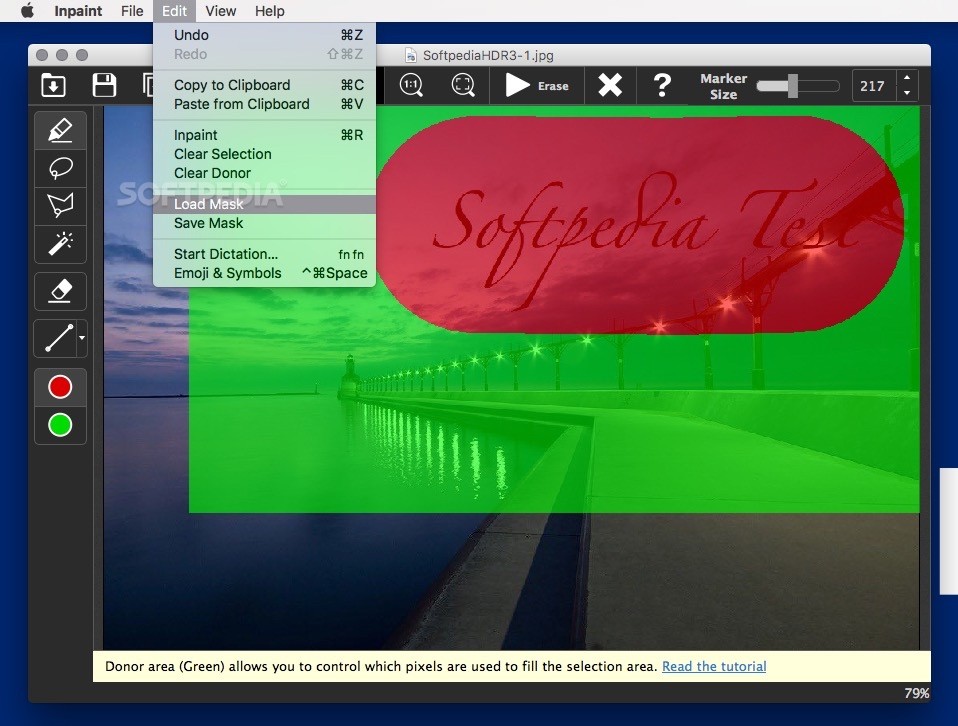


Note that the wider your "hole" is, the more noticeable this effect is! If you use more than a few pixels of infill, the effect is almost as irritating as the wire and your viewers won't be impressed.Īs part of this demonstration I've left a little of the chroma effect visible so you can see there's no cheating. InPainting fills in a couple of pixels using the surrounding "background" and voila, your wire is removed. In the left image shows the "wire" in place and after chroma-key has been applied you'll see you're left with a blank space - it's shown as a black line here but it will be alpha in your blender output. As InPainting is done in the compositor, you don't have to worry, even for long sequences.

However, if this is a video you've got 24 - 30 frames for every second of footage and that's a lot of painting. For a single image this isn't that much of an issue and could be filled in with Photoshop (later versions have InPainting as part of the healing brush), GIMP, Krita etc. You can use motion tracking to do the same thing - the point is when the wire has been removed you're left with a small hole in your frame. This isn't the only way to remove wires of course, but it's a simple one. To make this example clearer, I've used a fake wire (and a fake object) but in reality you'd normally use fine, chroma-keyed wires. InPainting is provided to solve problems like "wire removal" and holes created during chroma-keying as shown in the image here.


 0 kommentar(er)
0 kommentar(er)
